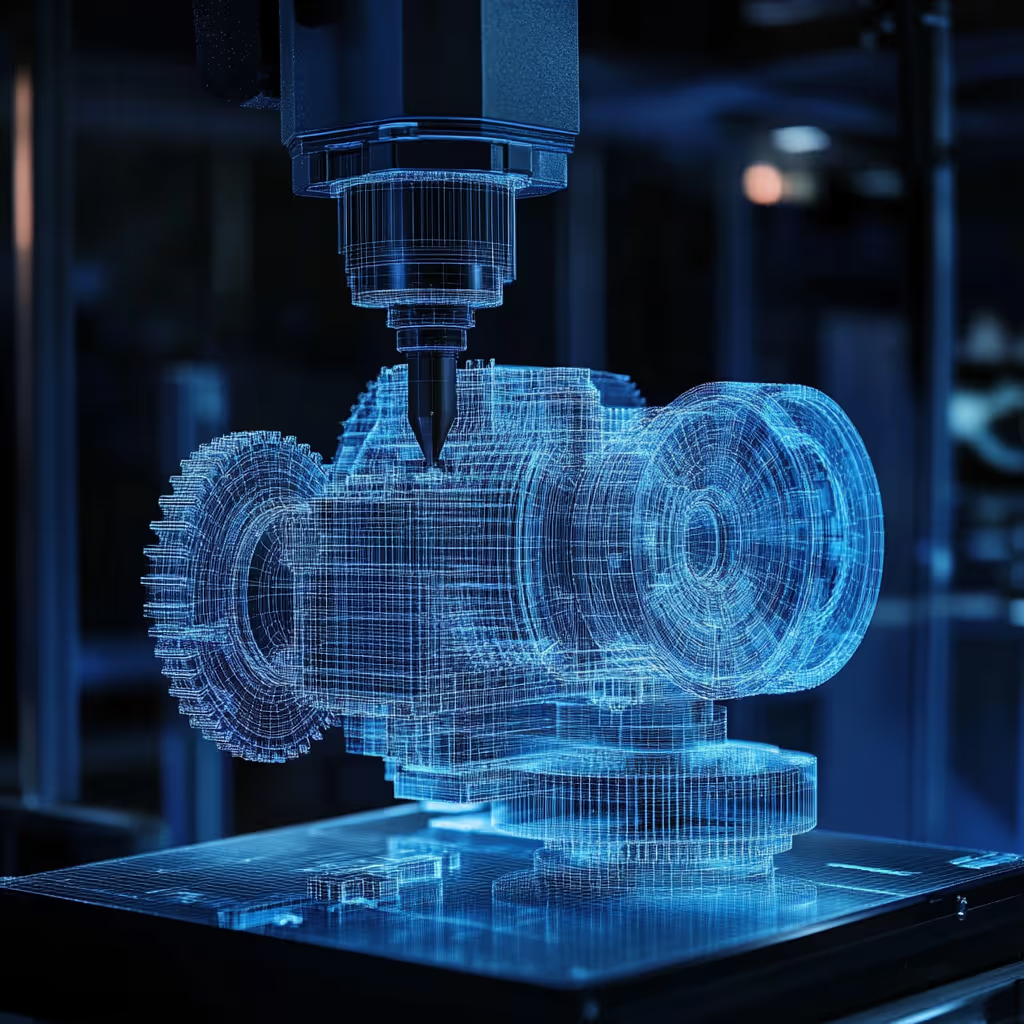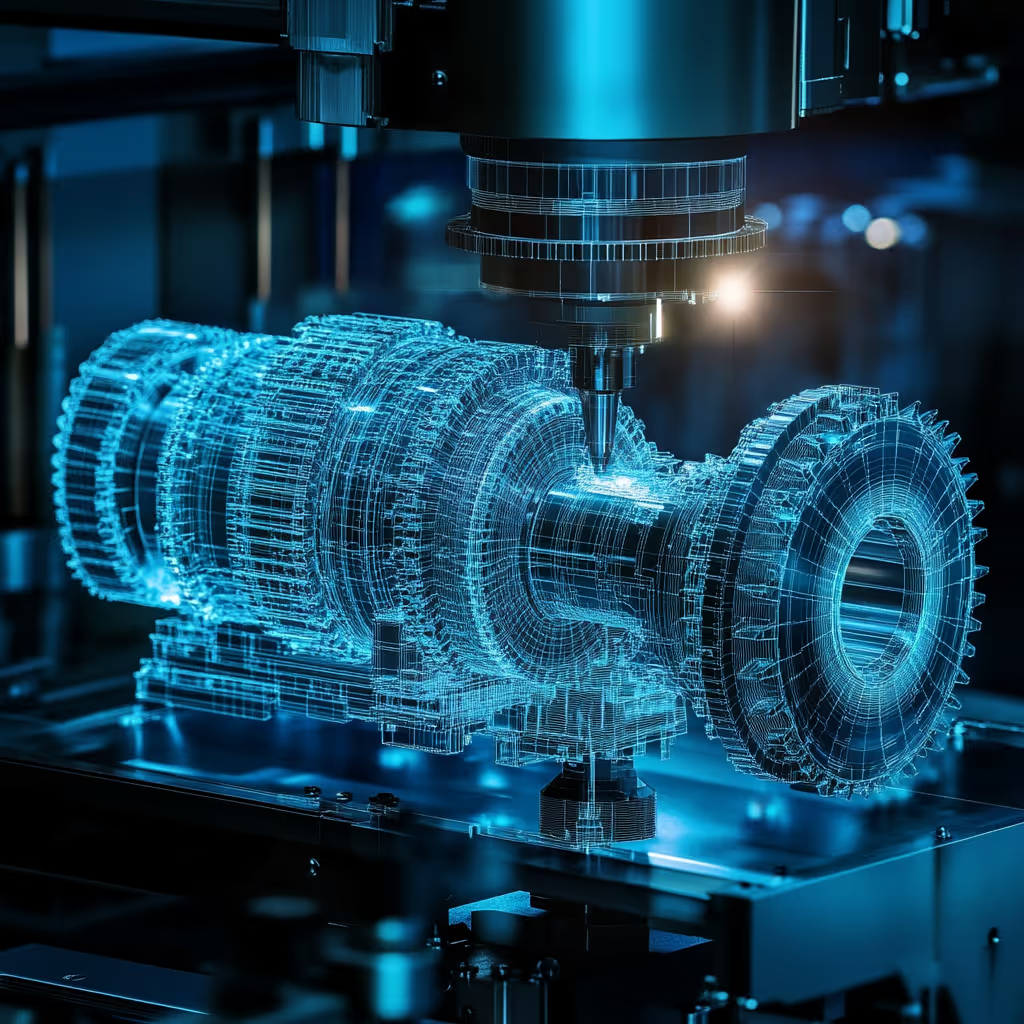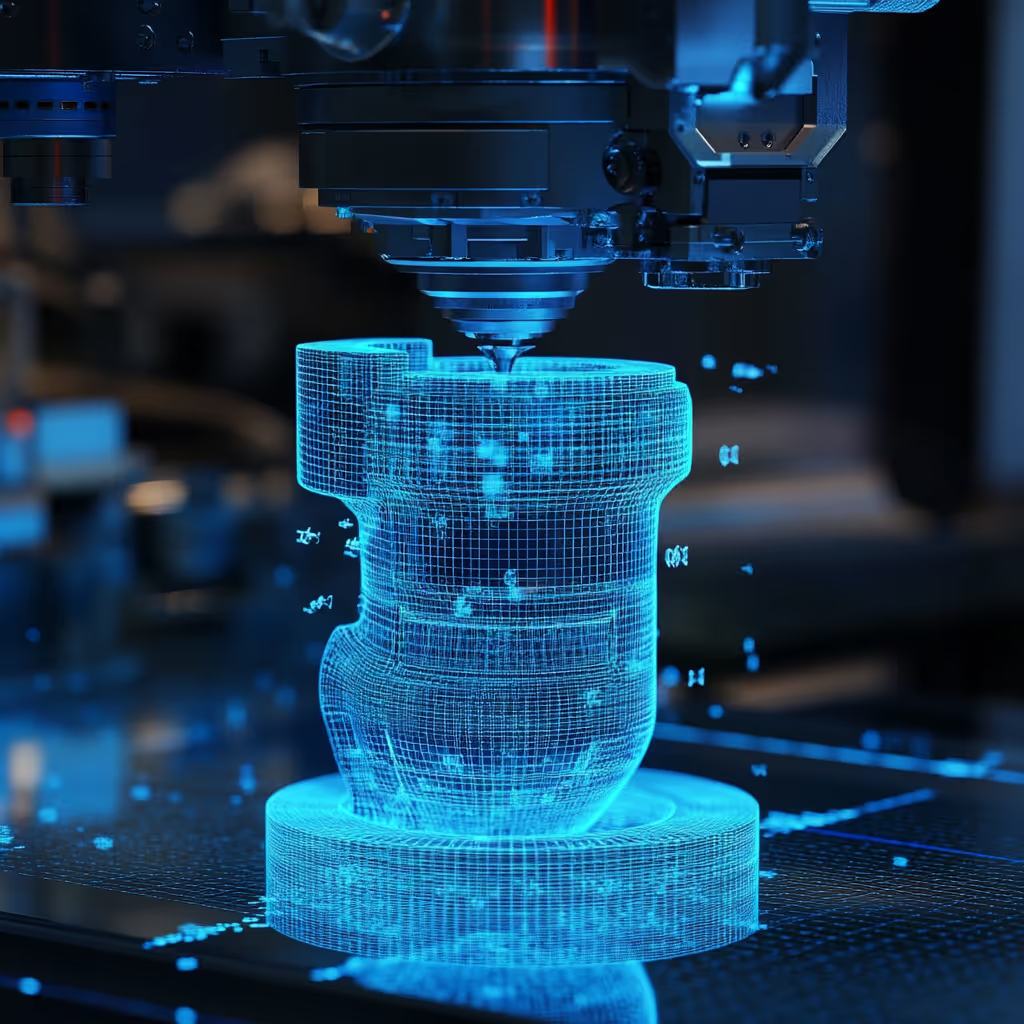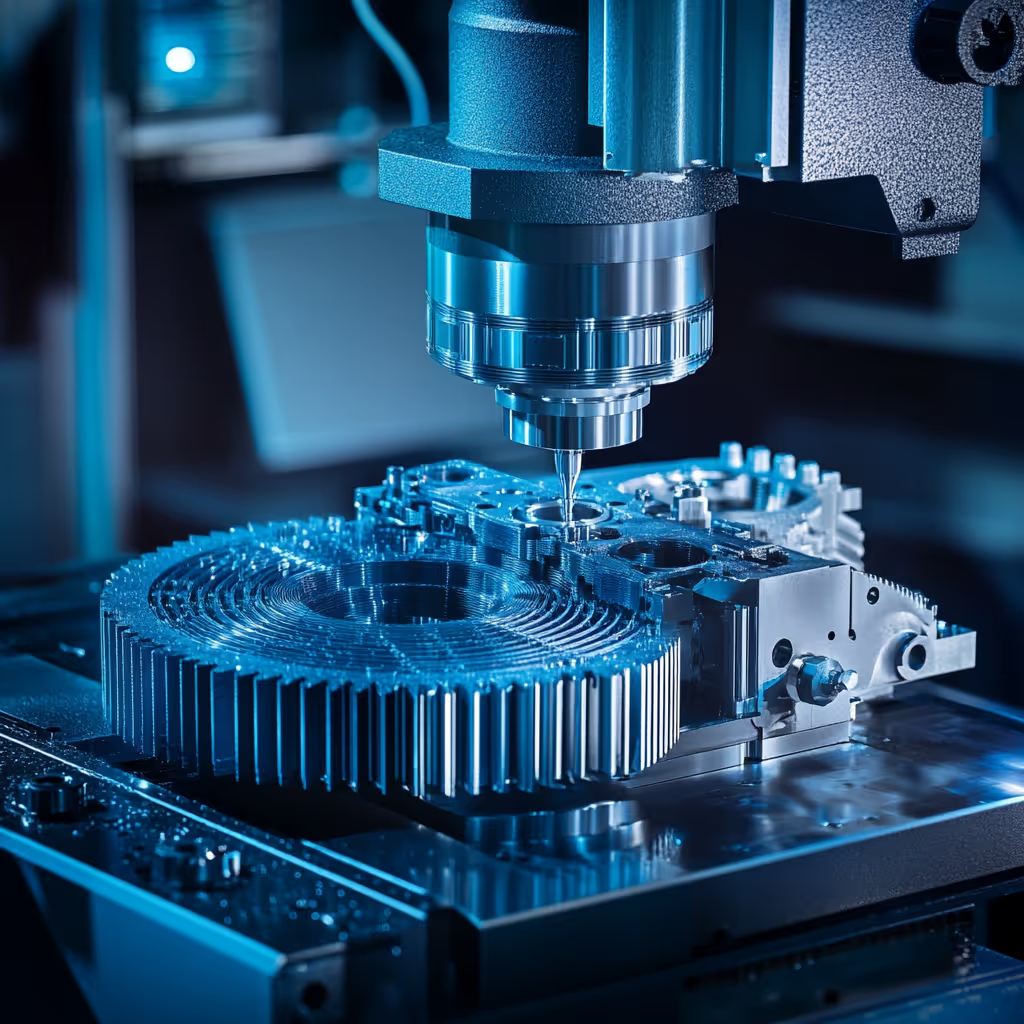Professional Outsourced 3D Scanning for CNC Services

As most engineers know, using CNC machinery can save a ton of time and money on every manufacturing project. However, making a CNC-machined part isn’t as simple as hitting “go” on the machine and crossing your fingers.
To get high-quality CNC-machined parts, you need high-quality 3D CAD files and manufacturing drawings. If you have an existing part that you need to manufacture, how are you supposed to put together drawings and CAD files?
For many, the reverse engineering process involves tape measures, calipers, notebooks, pens, and a lot of human effort. At CAD/CAM Services, we can expedite the full workflow and provide incredibly accurate 3D CAD files through our 3D scanning for CNC services.

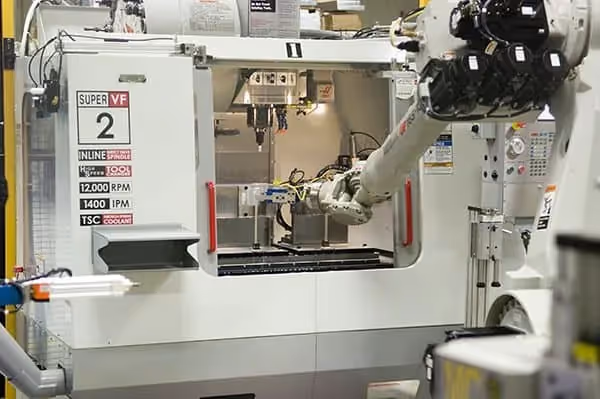
.png)
